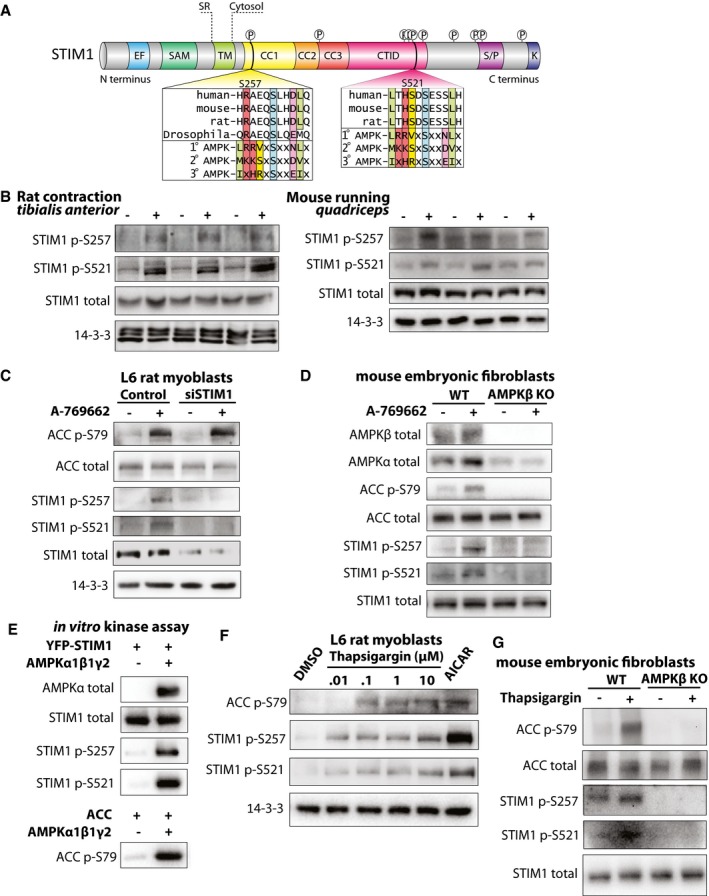Figure 3. STIM1 is a novel exercise‐regulated AMPK substrate.

- Schematic of STIM1 domain architecture is shown, with the AMPK consensus motifs for S257 and S521 (Gwinn et al, 2008).
- Western blots for STIM1 phosphorylated at S257 or S521 in (left) contracted (+) or sham (−) rat muscle and (right) muscle from mice that underwent a treadmill running protocol (+) or remained at rest (−). Total STIM1 and 14‐3‐3 were used as loading controls. 14‐3‐3 data for mouse running were re‐used from Fig 1B.
- Western blots for phosphorylated ACC (S79) and STIM1 (S257 or S521) in L6 rat myoblasts with siRNA‐mediated knockdown of endogenous STIM1 (siSTIM1) or transfected with scramble control siRNA (Control). Cells were treated with the AMPK activator A‐769662 (+) or vehicle (−) for 30 min. Total STIM1 was used to demonstrate STIM1 knockdown efficiency. Total ACC and 14‐3‐3 were used as loading controls.
- Western blots for phosphorylated ACC (S79) and STIM1 (S257 or S521) in wild‐type (WT) or AMPK β1/β2 knockout (AMPKβ KO) mouse endothelial fibroblasts were isolated and treated with A‐769662 (+) or vehicle (−) for 30 min. AMPKβ was used to demonstrate knockout, and AMPKɑ was used to demonstrate specificity for AMPKβ. Total ACC and STIM1 were used as loading controls.
- Western blots for total ACC and STIM1 and phosphorylated STIM1 (S257 and S521) and ACC (S79) in samples from an in vitro kinase assay to assess the ability of AMPK to phosphorylate YFP‐STIM1.
- Representative Western blots for phosphorylated ACC (S79) and STIM1 (S257 and S521) in response to a 15‐min treatment with increasing doses of thapsigargin (0.01, 0.1, 1, or 10 μM) or 0.5 mM AICAR. DMSO was used as a vehicle control. 14‐3‐3 was used as a loading control. n = 3 independent experiments.
- Western blots for phosphorylated ACC (S79) and STIM1 (S257 or S521) in wild‐type (WT) or AMPK KO mouse endothelial fibroblasts were isolated and treated with 2 μM thapsigargin (+) or vehicle (−) for 15 min.
Source data are available online for this figure.
